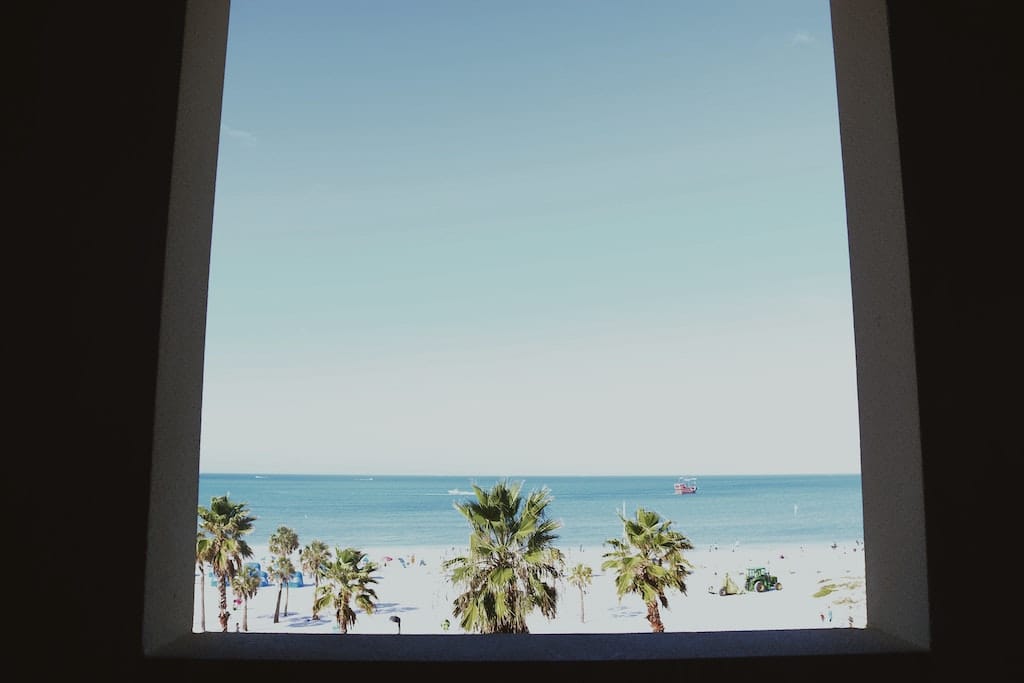All Categories
Featured
Table of Contents
Insulated Glass Unit – Igu in Dalkeith WA
Laminated glass is frequently used in areas in the home most susceptible to injury from human impact such as bathrooms, doors, around staircases and in areas near the flooring (it meets the requirements of 'safety glass' that is mandated for usage in these areas by Australian Basic AS 1288 Glass in structures).
Toughened glass has been 'tempered' by being reheated and rapidly cooled again. This process makes it much stronger than basic glass it can resist higher impact loads before breaking. It also makes it much safer since, when it does shatter, it burglarizes many little cubic pieces instead of hazardous shards.
Climateframe Double Glazing: Perth's Double Glazed ... in Oldsbury Perth
Nevertheless, toughened glass has no thermal or acoustic benefits over other glass of the same toning or density. Secondary glazing is where single-glazed windows are retrofitted with a transparent acrylic or glass sheet connected to the within the frame or openable sash with a secondary frame or with magnetic strips.


Secondary glazing will not perform too thermally as a made IGU, considering that it is difficult to absolutely seal the border, however it can provide great noise control. Window films are a thin polymer movie consisting of an absorbing dye or reflective metal layer, with an adhesive backing. They stick to your glazing to alter its colour or make it reflective.
Double Glazing Windows - The Best Installers In The Uk ... in Palmyra Perth
Applied to existing glass, some window films can halve the overall SHGC of the window by soaking up and/or reflecting solar radiation. This can be especially advantageous in hotter environments where cooling is the main issue, or on east and west elevations directly exposed to extended periods of sunlight. Nevertheless, window films might also decrease visible light transmittance.

For this factor, it is typically best to utilize an accredited installer of window movie. Frames have a considerable effect on the thermal efficiency of windows and doors, due to the fact that energy can be acquired and lost through the frame, in addition to through the glass. Different types of frame will enable different levels of heat gain and loss, so careful option of frame is essential for effective passive style.
Double Glazing Perth in Westminster WA
Aluminium is also a very excellent conductor of heat and will reduce the insulating worth of a glazing unit, unless specifically crafted to lower this. A 'thermally broken' frame is made up of 2 aluminium areas linked by a structural insulator (usually a low-conductivity structural polymer). This 'breaks' the thermal connection through the aluminium and minimizes the heat flowing through the frame.
Lumber frames are a great natural insulator that can match some home designs. Timber frames need to be made from types that have naturally high resilience or be dealt with to prevent decay and deformation.
Keep Cool This Summer Without Overusing Your Aircon. in St James Western Australia
This can result in gaps that allow air seepage unless good draught sealing (weather removing) is set up. u, PVC is a kind of plastic (unplasticised polyvinyl chloride, also called stiff PVC). u, PVC frames offer exceptional thermal efficiency, frequently better than wood or thermally damaged aluminium. u, PVC is long enduring and requires really little upkeep, and can be moulded into complicated profiles that provide outstanding air seals.
u, PVC doors and windows have excellent thermal efficiency Image: Ben Wrigley (Light House Architecture and Science) Composite frames use aluminium profiles on the external areas with either a wood or u, PVC inner section. These integrate the low upkeep and sturdiness of aluminium with much improved thermal efficiency.
Table of Contents
Latest Posts
Does Double Glazing Keep Heat Out in South Fremantle Perth
Which Double Glazed Windows Are Best For Summer? in Kalamunda WA
Why Install Stunning Double Glazing Windows During Summer? in Hamilton Hill Perth
More
Latest Posts
Does Double Glazing Keep Heat Out in South Fremantle Perth
Which Double Glazed Windows Are Best For Summer? in Kalamunda WA
Why Install Stunning Double Glazing Windows During Summer? in Hamilton Hill Perth